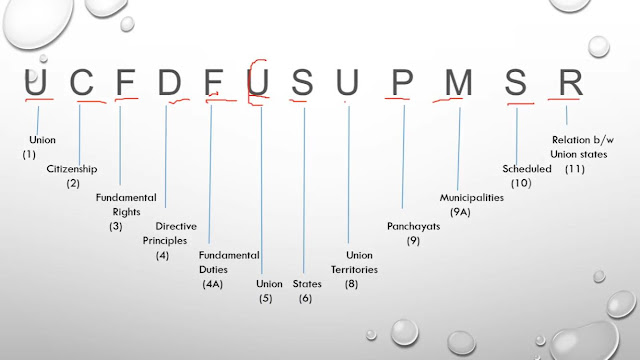JUDICIAL CUSTODY AND POLICE CUSTODY
Difference Between Judicial Custody and Police Custody🖋⚖
Judicial Custody vs Police Custody
Both judicial custody and police custody limit the liberty and range of movement of a person under both state situations. The law and its agents (specifically, the police and the courts) do a protective and preventive method of taking an individual who is suspected of a crime away from the general public to be properly investigated as to the accusation of crime and have the suspect stand trial for the crimes accused against him.
Both kinds of custody are often extended to people who are suspected of committing a crime. The protection is awarded in order for the suspect to be in the range or jurisdiction of the agents of the law and not in the open public.
Police custody is defined as the immediate physical custody by the police of a person who committed a crime. The person is arrested and brought to the police station for processing. The person is then confined in the police station’s jail. The jail detention is usually a short duration because the custody can be revoked when the person is produced before the judge within the 24 hours of arrest and was granted bail by the judge.
The suspect can be interrogated by the police while in this type of custody assuming that the suspect is read his rights before actually sending him to the police station. An attorney is usually present in an interrogation to assure that the suspect’s rights are being respected and no physical harm or brutality of any kind will occur. Also, police custody is often the type of custody for suspects with non-bailable offenses.
Judicial custody differs from police custody in many aspects. Judicial custody is ascribed by a judge or the court itself. The custody is ordered by the judge, depending on the circumstances of the case. The custody can be awarded because the judge refused bail, the suspect earned the citation of contempt of court, and many other circumstances.
Judicial custody is one of the two options of the judge regarding custody. Depending on the situation, the judge may order the suspect back into police custody or into judicial custody. This type of custody is often given if the suspect manifests risks to his rights while in police custody. There is no interrogation done during judicial custody unless the situation calls for the action with the permission of the judge.
The process regarding detention of a criminal is performed as follows:
The suspect is arrested by the police after following a report or a lead. Another instance would be the suspect being arrested after being caught in the act of the crime.
The suspect is detained for questioning and partial investigation.
The suspect is presented to the court with three options: the judge can post bail and the suspect has temporary freedom, the suspect is sent back to police custody, or he stays under the protection of judicial custody.
Summary:
1.) Police custody literally means protection and care provided by the police while a person under judicial custody is under the protection and safety of a judge.
2.) Police custody starts when a police officer arrests a suspect and reads him his rights while judicial custody happens when the judge orders that the suspect be put under this type of custody.
3.) A suspect under police custody can be interrogated about the specific crime while this action is void under judicial custody. It can only be revoked when the judge orders it to be broken.
4.) Police custody is the initial custody of a suspect. After a judge evaluates the case, the suspect can either have temporary freedom (by posting bail), judicial custody, or be taken again into police custody.

Comments
Post a Comment